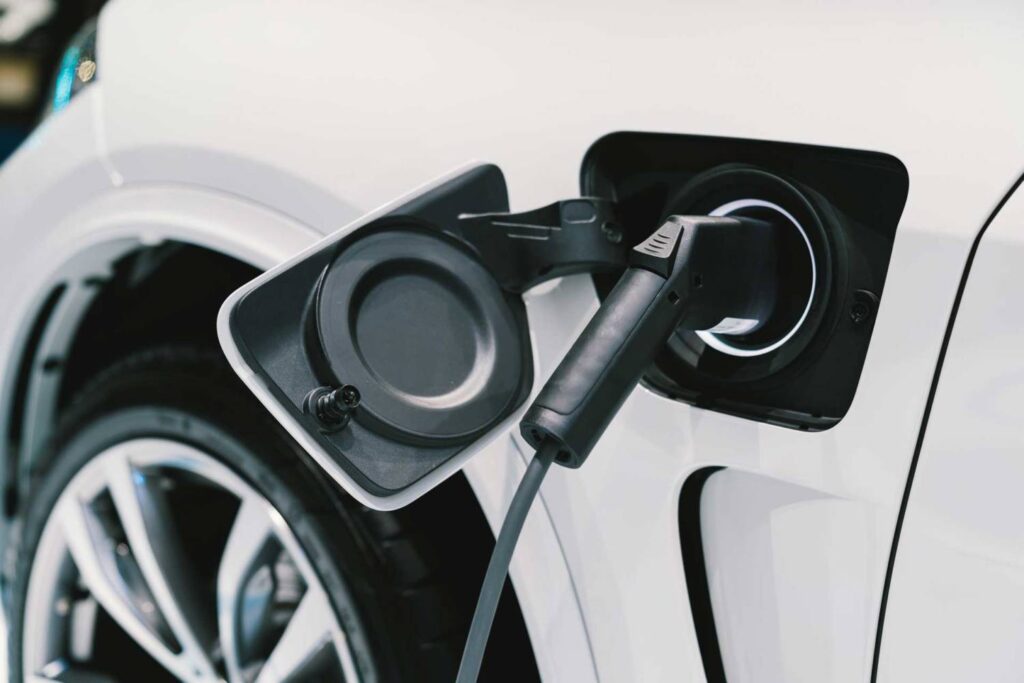Understanding How an EV Charger Works
Electric vehicles (EV) continue to gain in popularity. The U.S. government estimates that by the year 2020, there will be one million of these vehicles on the road.
If you’re among the many people discovering the fuel efficiency and money savings of driving an EV, you need a reliable way to keep it charged. Most people charge their EVs at home. In this post, we’ll take a look at some of the key parts of a charging station and how to get the kind that works best for you.

Keeping Your EV Charged
So what do you need to know when buying an EV charging station? Also known as an electric vehicle supply equipment or EVSE, the type you buy will depend on how much driving you do, how much charging you need and what your budget is.
Level 1 EVSE. This station uses a standard 120-volt plug that you can plug into any outlet. You don’t need a separately installed EVSE for this level of charging. However, it takes longer to fully charge the car. This will give you two to five miles of range per charging hour.
Level 2 EVSE. For speedier charging that can totally charge your car in about two hours, you’ll need a level 2. This uses a 240-volt residential or 208-volt commercial plug and needs to plug into a separately installed charging station. You will need a 40-amp outlet to handle this faster charger. A level 2 EVSE gives you anywhere from 10 to 60 miles of range per charging hour.
DC Fast Chargers, also known as Level 3 or CHAdeMO chargers. CHAdeMO comes from a Japanese term meaning “charge while moving” or “charge and go,” referring to the fact that that the charger is super-fast. These chargers can completely charge a standard EV in about 20 minutes, but they require specialized equipment and regular maintenance. Fast chargers are not compatible with all EV’s and are mostly used in commercial applications.
Main Parts of Your EVSE
The box. This is the wall-mounted unit that holds the outlet for your EV. You will need to have this professionally installed.
The cord. Your EV comes with a 10-gauge extension cord that allows you to plug it into a charger. This is what you use to plug it into the box or outlet. One end of the cord has a covered nozzle. This goes into the car. The cord is usually around 20 feet long, making it easy to reach most charging stations.
The other end has a four-pronged plug that connects to the box or outlet. Always remember to keep this cord with you, as you’ll also use it to charge your car while you’re on the road.
The ports. The EV’s charging ports are similar to the gas tank and filling port on a gas-powered car.
Typically, an EV has five charging ports. The first two actually take in the electrical power and direct it into the car’s charging port. A third port checks the electrical level of the car. The fourth provides grounding. The fifth port constantly checks the current to ensure that sufficient electricity is going into the car.
How to charge. To recharge your car, simply insert one end of the cord into the charging port and the other end into the box or outlet. There is an on-off switch on the cord. The cord often has a small monitor that reads the amount of charge going into the car.
Some cars also have a charge meter on the dashboard, similar to the fuel readout on a gas-powered car. However, most EV’s automatically shut off once the car is fully charged. Electricity goes into the car as alternating current (AC) and then converts to direct current (DC) inside the vehicle.

Can You Charge Two EVs at Once?
There are ways to do this, but it’s tricky. If there is more than one EV in your house, you can install one level 2 EVSE and have the higher-use car charge on that one while the lower-use car charges on the regular outlet.
You can also ask a professional electrician about ways to install and split the breaker to divide the amps. This is something you shouldn’t attempt to do yourself.
Call SESCOS for Your EVSE Needs
If you have an EV and you’re ready to install a dedicated charging station, call SESCOS today. We can help you choose the setup that makes the most sense for you and you show how easy it is to keep yourself fueled up and on the road.